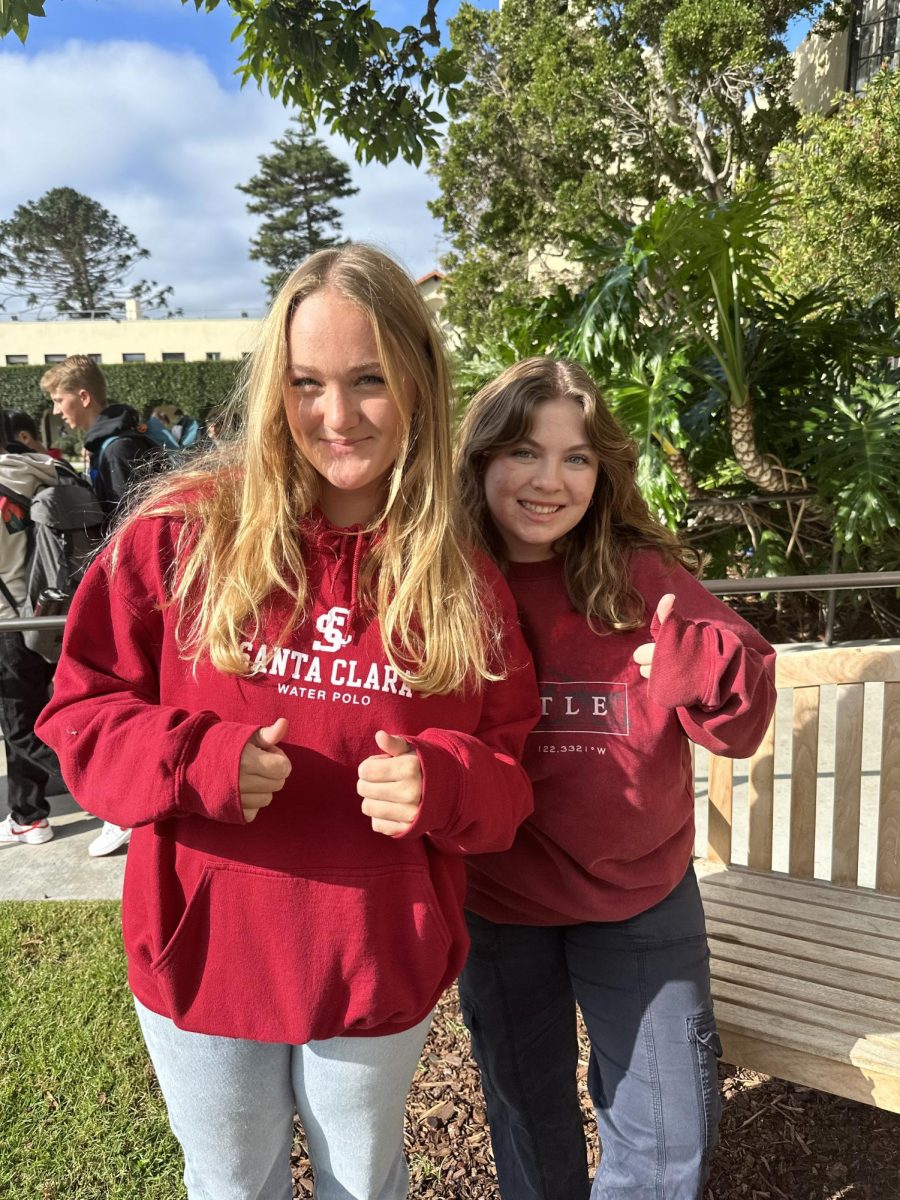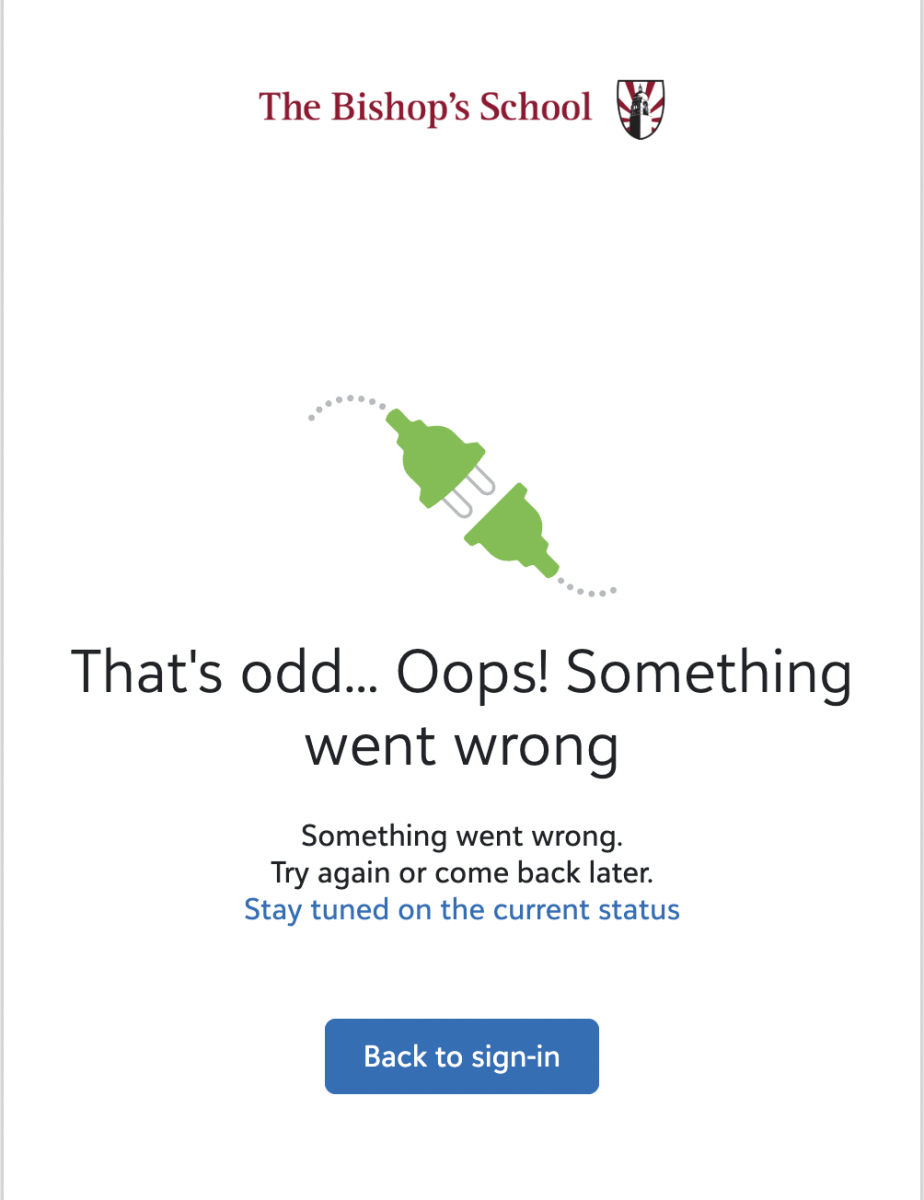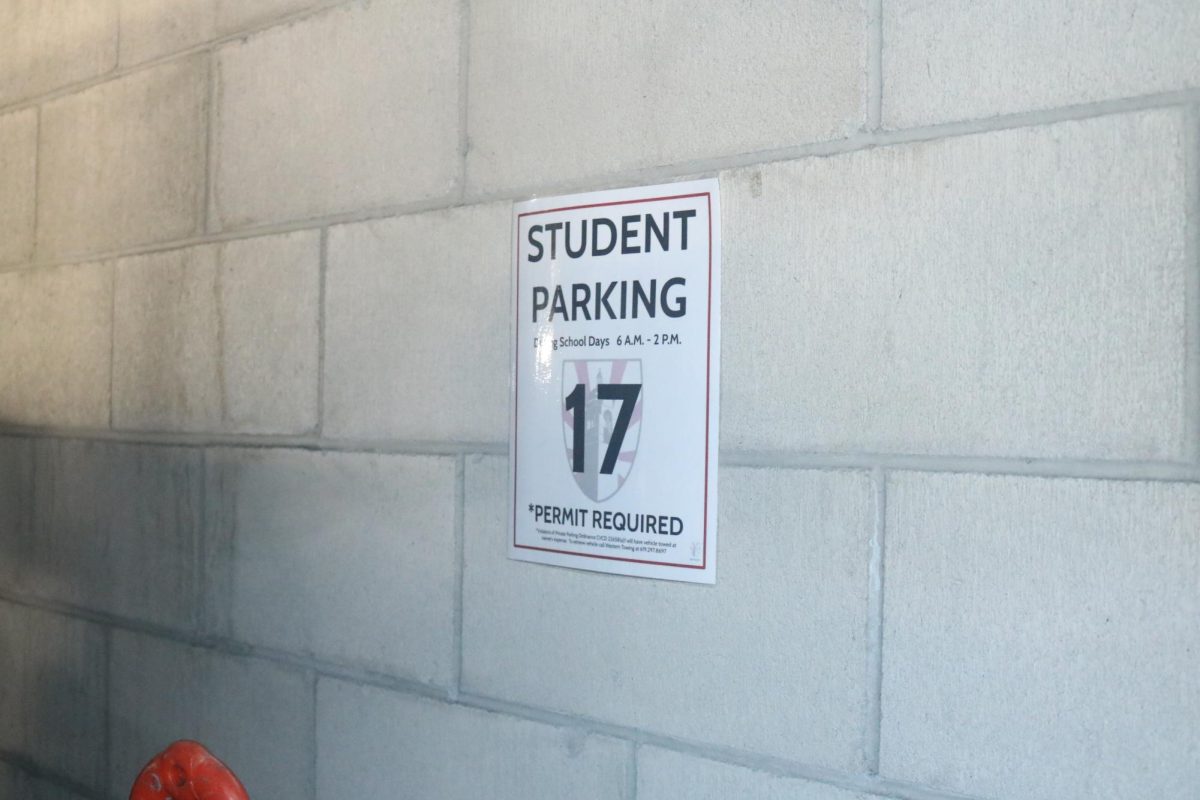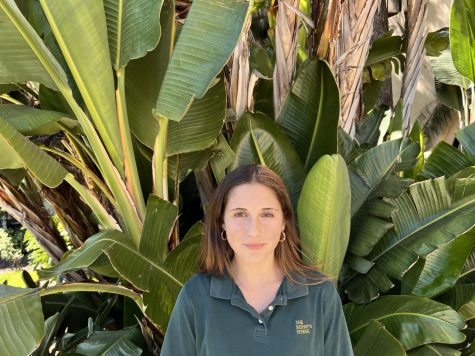From October 25th through the 27th, Kindness Crew organized events, including lessons on how to administer Narcan, banner signing, red free dress, and games on the quad, to honor Red Ribbon Week, which is the oldest and largest drug prevention in the country.
Red Ribbon Week, also known as the Red Ribbon Campaign, is organized by National Family Partnership (NFP), and is a grassroots, non profit organization that fights for drug prevention.
The campaign originated as a response to the murder of Enrique Camarena, who was a Drug Enforcement Administration agent in 1985. Camarena was determined to join the agency despite his mother’s reservations. He told her, “I’m only one person, but I want to make a difference.”
In Camarena’s memory his friends and family wore red ribbons, commemorating his dedication to the battle against drugs. Frustrated parents and children also began to wear red ribbons as “a symbol of their commitment to raise awareness of the killing and destruction caused by drugs in America,” according to Red Ribbon. His memory continues on through the battle against drugs.
In 1988, NFP held the first Red Ribbon Celebration. Now, it “serves as a catalyst to mobilize communities to educate youth and encourage participation in drug prevention activities.”
Bishop’s Red Ribbon Week kicked-off on Wednesday, October 25th, with a Narcan demonstration by School Nurse Susie Fournier, and Kindness Crew members on the terrace during both school lunches. Narcan, an over-the-counter nasal spray, can save lives when administered during a suspected opioid overdose. Additionally, propped up on the table, where the demonstration was taking place, was a bulletin board that showed where the Narcan emergency response kits were located on campus.
With the current epidemic of fentanyl, which is an opioid that can be lethal when just two milligrams are consumed according to the Drug Enforcement Administration, Narcan has become a life-saving drug as it can help prevent accidental fentanyl overdoses. Often fentanyl is mixed into illicit drugs, about 42% of pills tested contain two milligrams of the drug, so it is incredibly important to be educated on administering Narcan to prevent potential overdoses.
Director of Counseling Mrs. Megan Broderick, agreed and stressed that learning how to administer Narcan was especially important, as an accidental overdose could happen to “anyone anywhere.”
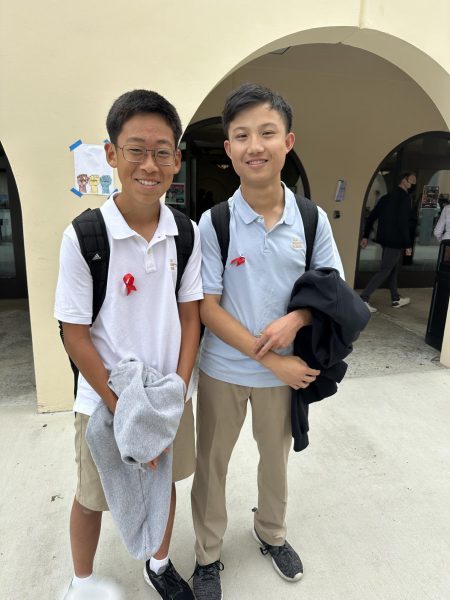
On Thursday there was a banner signing, where students could write what their “natural high” was. The banner focused on “natural highs” in anticipation of the next school speakers, one of which includes Jon Sundt, who visited on Friday November 3rd. Jon Sundt is the founder of Natural High, a drug prevention non-profit that focuses on finding a “natural high,” like engaging in sports and hobbies, instead of turning to drugs or alcohol.
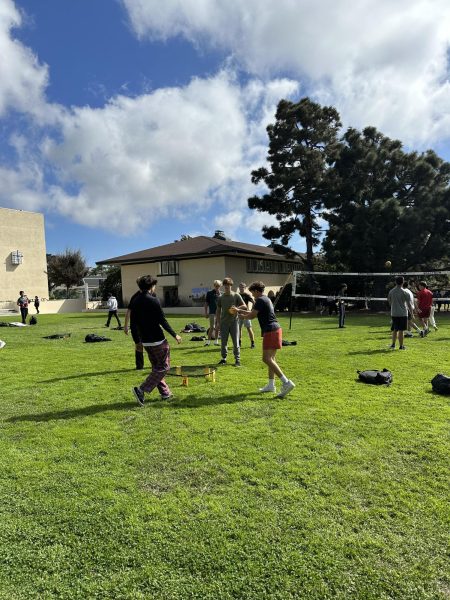
There will be two other speakers accompanying Sundt at the all-school assembly, according to Mrs. Broderick. The School counselors aim to highlight the substance use issue from a more personal side through the assembly. The speakers will focus on how substance use and how it has affected their lives and their families’ lives.
Mrs. Broderick explained that the focus on the personal aspects of drug use will hopefully help students understand “the ripple effect of decisions they make to drink or do drugs, and the potential effect it has on [one’s] family, extended family, and goals in life.” Additionally, she added that it can be difficult for younger people to comprehend long-term impact as they seek risky behavior, because seeking risky behavior is “developmentally normal.”
Altogether, Mrs. Broderick hopes that during the assembly students will “lean into the messages that people are sharing on the personal impact [substance use] has had on their life.”
Following the theme of finding your “natural high,” on Friday, Kindness Crew set up games on the quad that included volleyball, spike ball, and cornhole. There was also red free dress to honor the initiative.
Throughout Red Ribbon Week all students, except for seniors, also had discussions during health blocks in enrichments about drug prevention. Sixth, seventh, and eighth graders had an informational session on defining substance use, understanding legal vs. healthy (just because something is legal does not mean it is healthy to use), and learning about the fentanyl crisis, explained Mrs. Broderick.
Mrs. Broderick also shared that the ninth, tenth, and eleventh grades had discussions more centered on learning about dopamine receptors in the brain, and how addiction is a disease, touching on the idea of “natural high.”
Mrs. Broderick reflected that Red Ribbon Week was an effort to engage the entire School in a way that shows how substance use can affect everyone differently.
Overall Mrs. Broderick hoped that students have two major takeaways. First, she emphasized the importance of understanding your own genetics, and that this is a “really important conversation to have,” so that you understand if you are “particularly vulnerable to really impacting your life in a negative way.” Second, she wants students to be aware of the fentanyl crisis and “how widespread, and incredibly deadly it is.”
Substance use can negatively alter the trajectory of your life and can impact other peoples’ lives around you. When it comes to substance use, “what decisions you make now, that seem small…, the impact is great, and it can be so heartbreaking for the people who love you,” Mrs. Broderick stated.
Red Ribbon brought awareness to our campus. It is vital that we continue to be aware as drug use, “can, has, and will happen here,” and grasping that can help prevent students from making poor decisions Mrs. Broderick finished.


